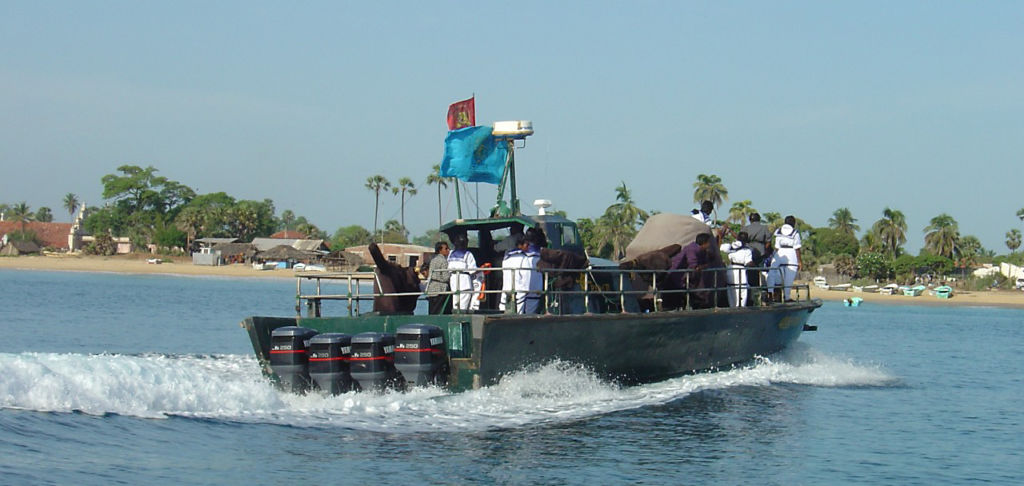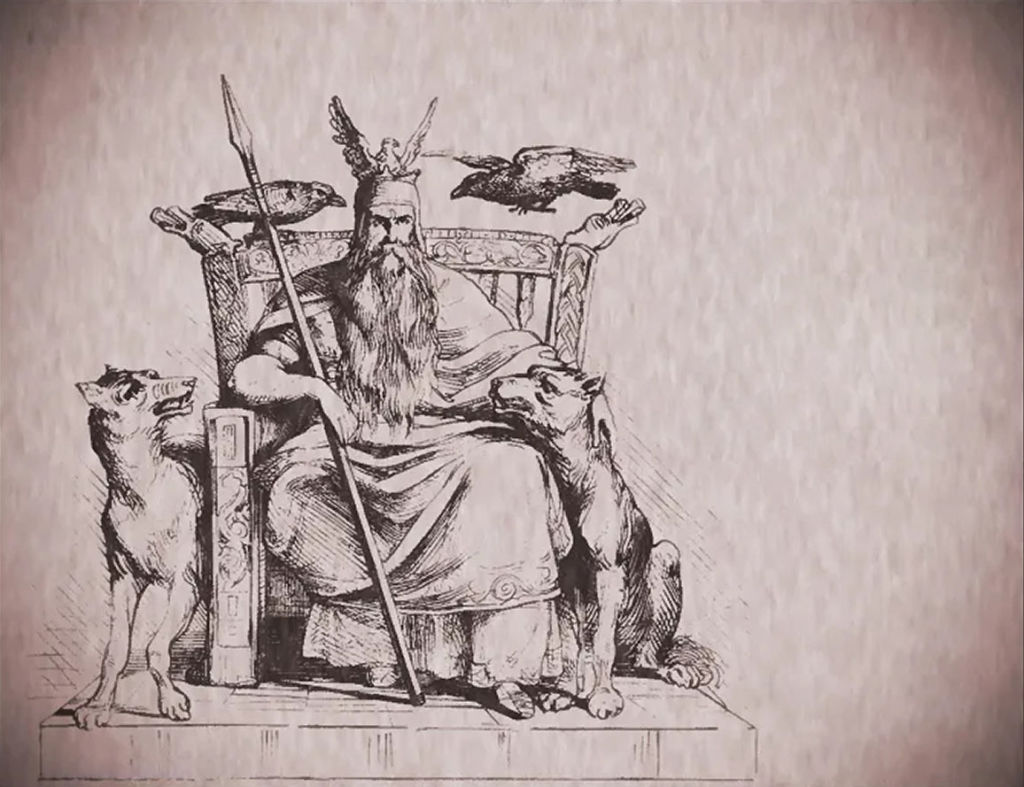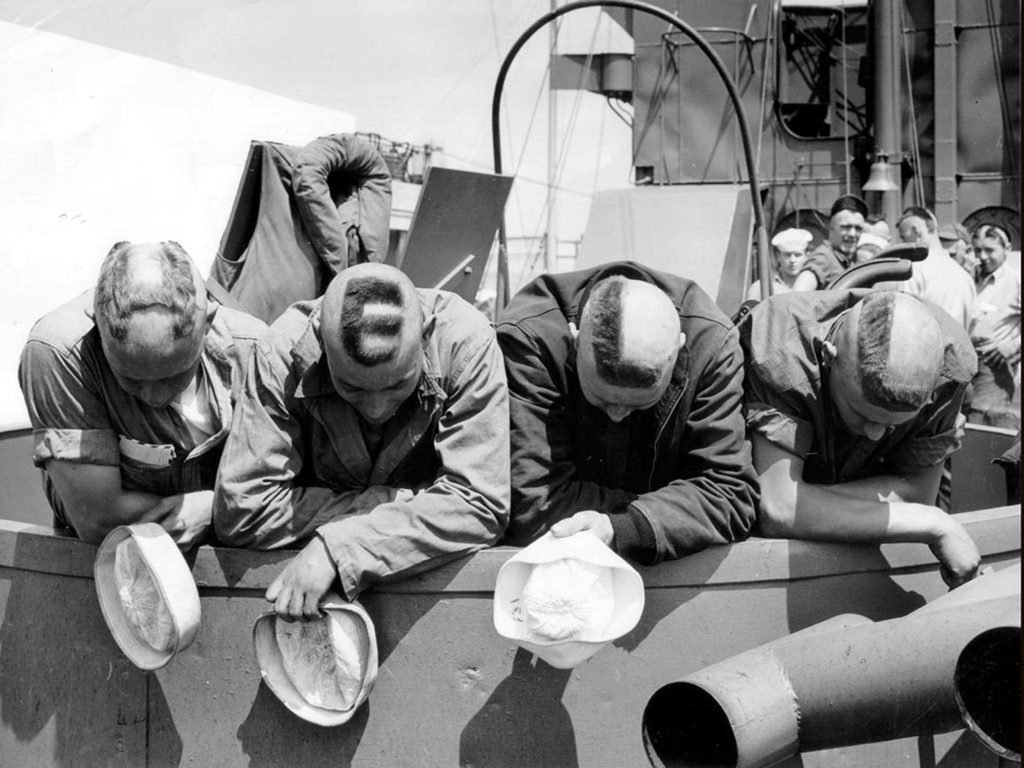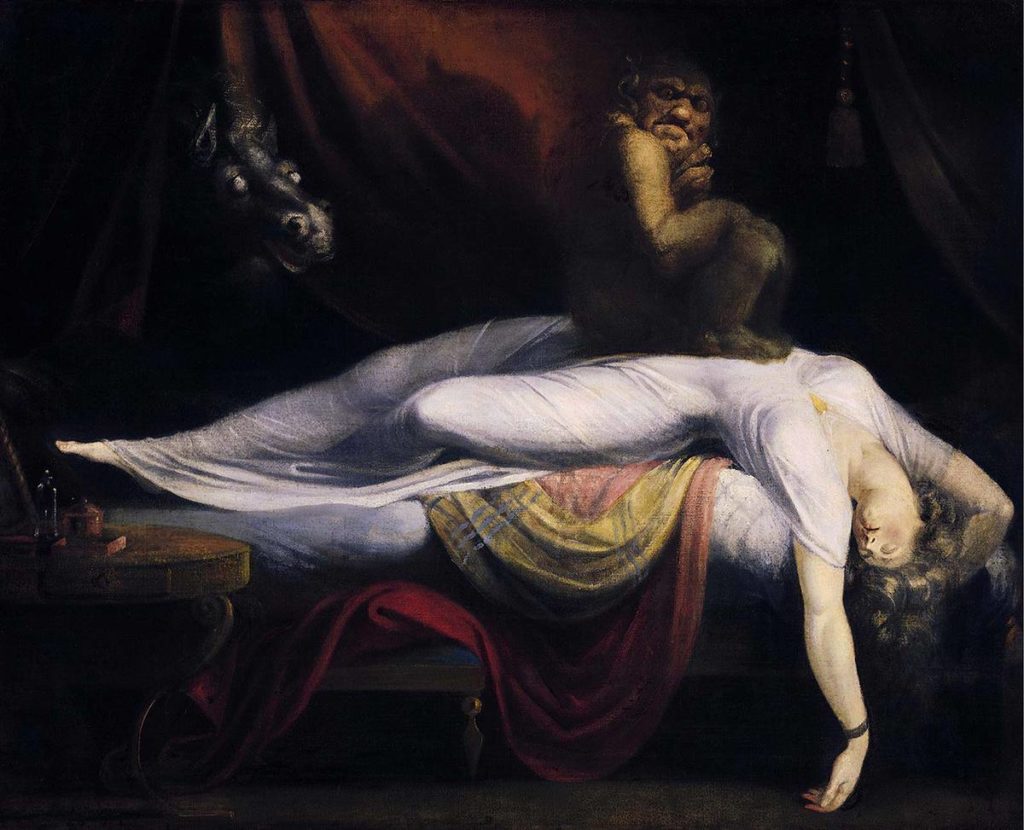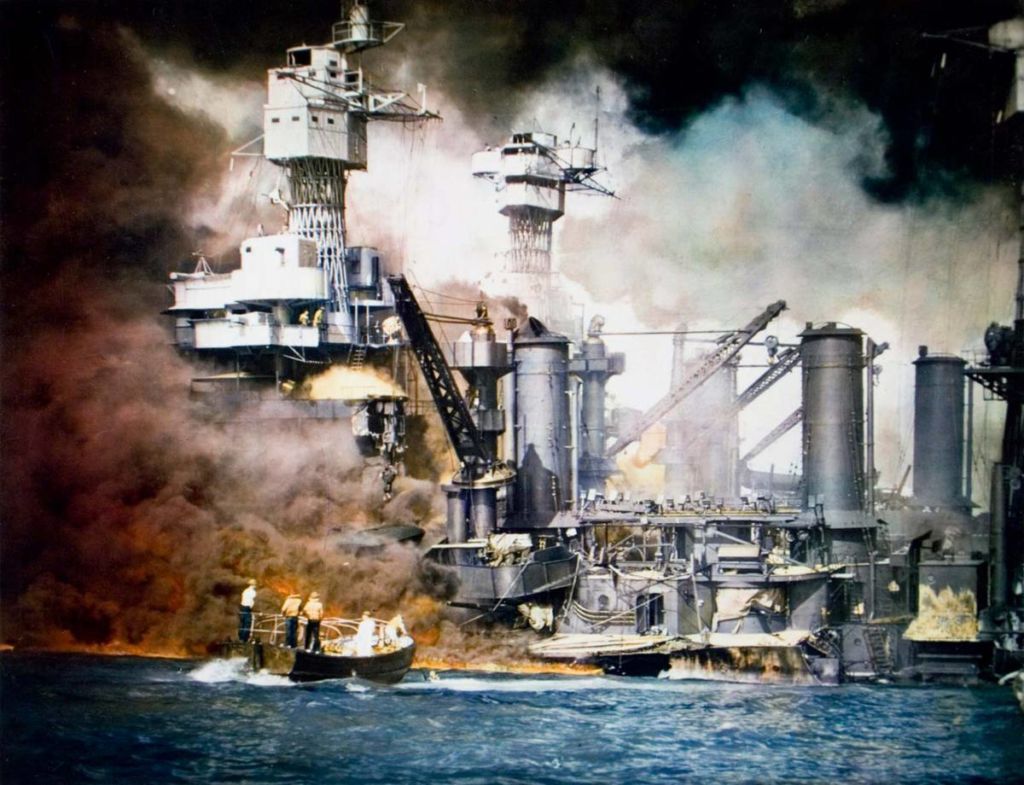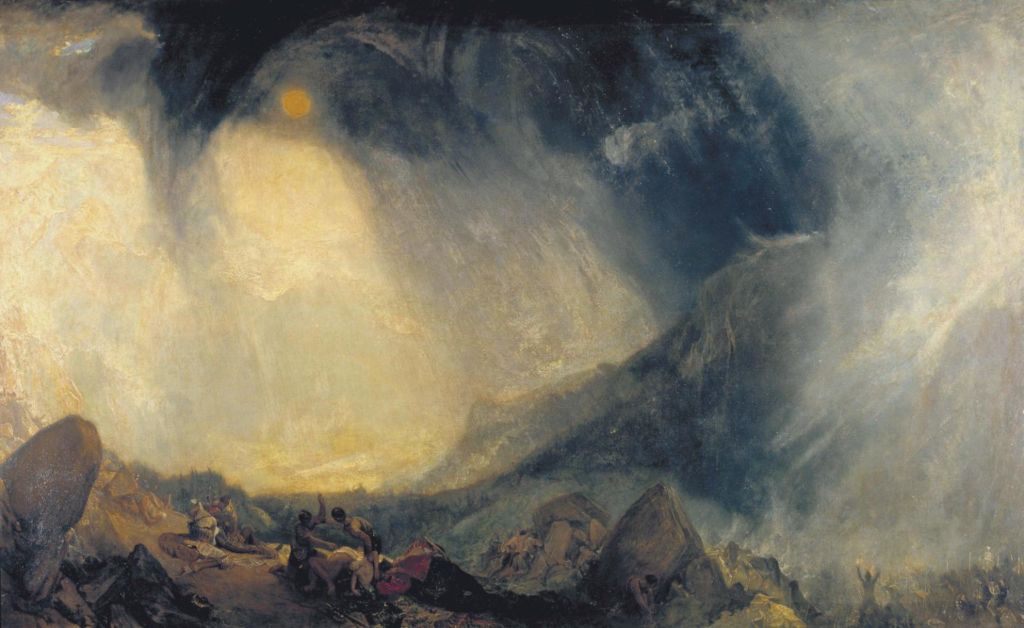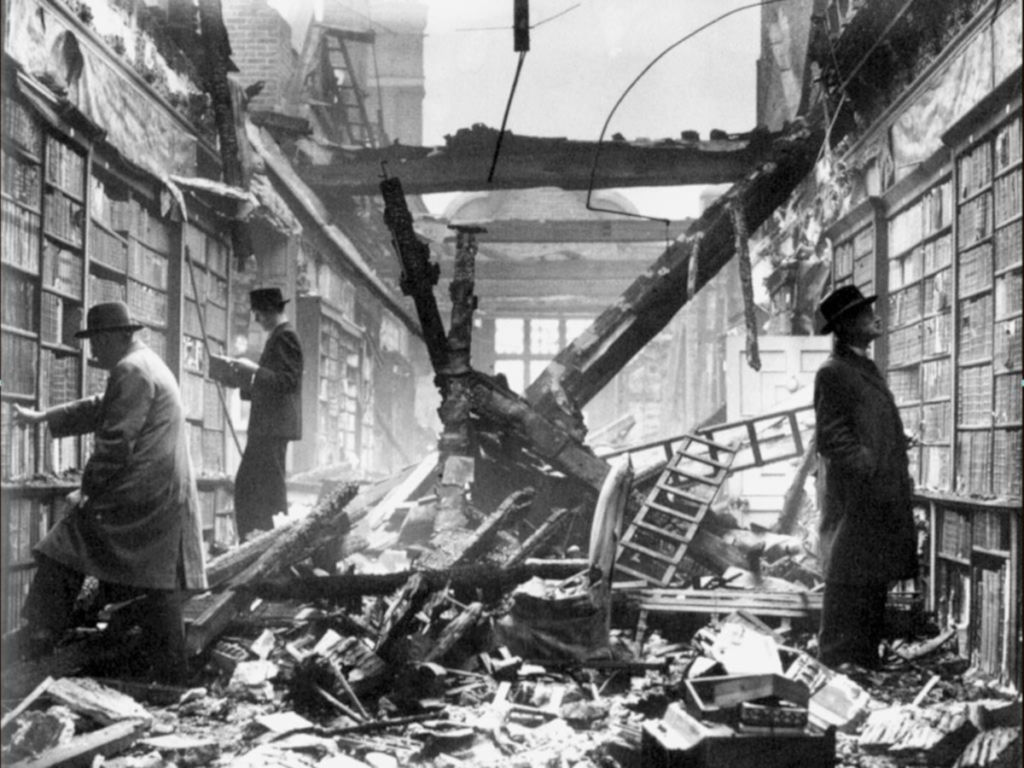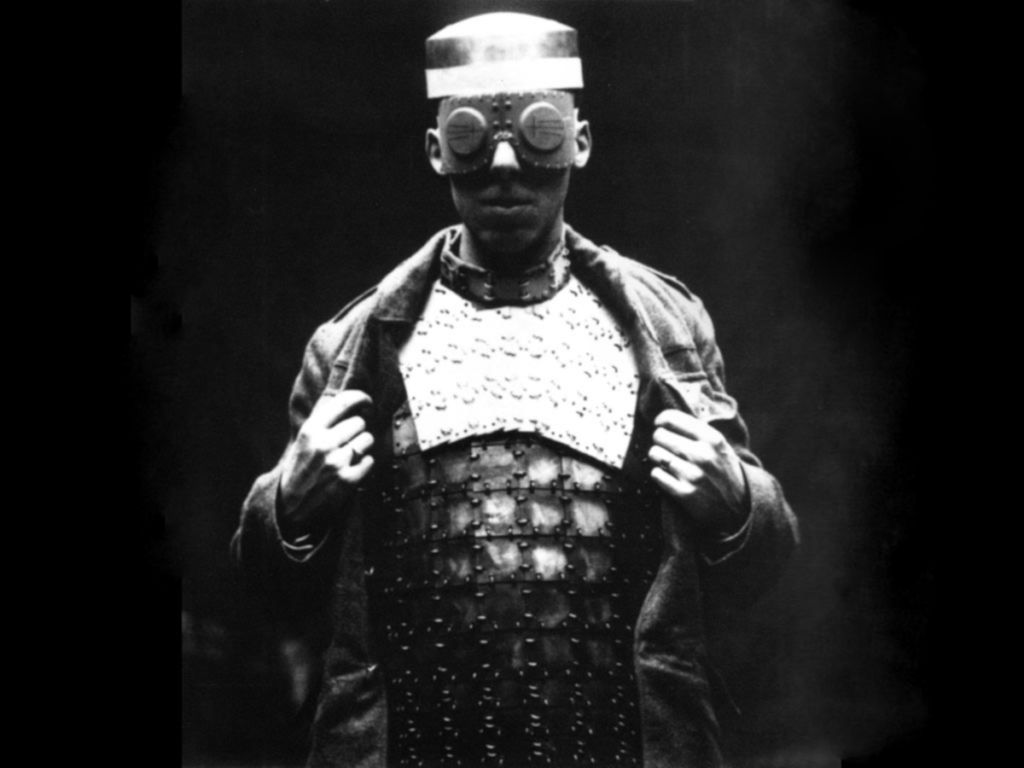Starting in September 2020, once a month Switch (on Paper) will publish an excerpt from Jean-Yves Jouannais’ Encyclopédie des guerres (The Encyclopedia of Wars). What started out as an experiment in oral literature is gradually taking the form of a book, scheduled for release in 2030. Until then, we would like to bring you a few excerpts, published here in alphabetical order like the entries in a vast atlas of wars. Today’s entry is P for Palynology.

German Soldier Defeated at the Battle of Kursk, August 1943
“Around the dead flutter letters that have escaped from pockets or cartridge pouches while they were being placed on the ground. Over one of these bits of white paper, whose wings still beat though the mud ensnares them, I stoop slightly and read a sentence—”My dear Henry, what a fine day it is for your birthday!” The man is on his belly; his loins are rent from hip to hip by a deep furrow; his head is half turned round; we see a sunken eye; and on temples, cheek and neck a kind of green moss is growing.”
(Henri Barbusse, Under Fire, Éditions Ernest Flammarion, 1916, Paris, pp. 160-161// online version
An abbreviated, aberrant, abortive system
1/
When it comes to studying living phenomenon, one must display a sense of rigor that is the enemy of the ease of fiction. Mathematics wants the best for us. Its equations set the scopes along which species align their genealogy. If we commit to the theory of evolution, it will prove itself only through immense spans of time, never individual ones. Mutations occur in millions of individuals over thousands of generations. However, would it not be to our benefit to imagine that, in extreme situations, some individuals in a species might develop unprecedented aptitudes? Such as the sudden development of extra organs following a new kind of activity? New organs that come immediately into use, for the precise purpose of being useful on the battlefield. For example, during the four years of total warfare between 1914 and 1918. We know that a single species can undergo variation at the moment of reproduction. In this case, the species would be the fighting soldier, and it would be at the moment of his death, biologically speaking, that these very experiences might open to him.

359th french infantry regiment at Courcelles-Epayelles, 11 June 1918 © Jurkiewicz collection
We know how important written correspondence was to the Poilu. He carried his letters on his person, tied together with string in ever-thicker packets. The longer he survived, the more letters he accumulated. And when he did fall at the front, torn to shreds, he let fly a swarm of papers. To imagine a battlefield means picturing the cadavers, but rarely the flutters of hand-written papers littering the craters or caught in barbed wired. Bodies perforated, bags lacerated, contents strewn in the wind, the letters are suddenly set free. A flittering release described by Ernest Hemingway in Nick Adams and the Great War, Ernst Jünger in Storm of Steel or by Jean Hugo in Le Regard de la mémoire. But under which discipline can we categorize the analysis of such a process? This is what Doug Aitken wondered, a young Canadian doctor incorporated to the 1rst Canadian Division. In the first week of April 1915, his unit was sent to reinforce the Ypres Salient. On April 22, the Germans released large clouds of toxic green-yellow gas. French and English soldiers fled. It was Doug Aitken who discovered that to neutralize the effects of dichloride, one could press a urine-soaked handkerchief to one’s face. The Canadian division was thus the only one still standing, left to defend a seven-kilometer gap. There, in the mud and toxic fog, Doug Aitken noticed the white masses all aflutter or stuck swimming or entangled in the landscape. He believed the phenomenon could fall under palynology, or the study of pollen. Because their release—white, volatile, seminal—reminded him above all of the couplings found in botany. The perianth is a group of envelopes (generally the calix and corolla, but in this case the leather of a wallet, or the canvas of a coat or bag) surrounding the organs that produce pollen. Once transpierced, the male reproductive elements will surge from the latter. In both cases, love letters as well as desirous pollen, the wind helps to ensure their spread. This form of amorous transport is called anemogamous. For Doug Aitken, Nature, after being turned upside-down, tormented, contradicted, seemed to be trying an experiment. Distraught by this industrial death, it invented a reproductive phenomenon inspired by plant behavior. An abbreviated system, that is, a shortcut: aberrant, that is, abnormal; abortive, in other words, incomplete in its development. An attempt at hymenia without gynaeceum, a fiasco on evolution’s doorstep. Nature, it has been proven, requires time. Four years of death were too brief for the swarms of love letters, these young girls’ vellum kisses, flying sheets of declarations and promises, to yield anything. All these seeds simply rotted in the mud, pistil lovers absent from the landscape. There is nothing left but cadavers, the sad outcome of an impossible bloom. Doug Aitken, returning home after being seriously wounded in Vimy (April 9, 1917), strains to solve the mystery. He attempts to understand why all these tender, loyal missives sown by the wind across the battlefield were unable to prosper. But it is because he failed to see that love letters, in times of war, are not love letters, but war letters. The powerful sentiments they reveal are not for the sake of love; they are diffracted by distance and the difference in environment until they mutate into fear and despair. All the words that, in times of peace, accumulate to express attachment, come across as the opposite, they become severance and final words. No love letter can exist in times of war. And hence no fertilization can take place. These sterile words, as Henri Barbusse describes in Under Fire, simply “seem to bedeck with blossom these shores of pestilence, this Valley of Death, with their countless pallors of barren lies.”

A 2nd Infantry Division soldier writes home from France in 1944.
2/
Jean-Marie Valhubert, born in Avranches on October 22, 1764, entered the Rohan-Soubise regiment just before his 20th birthday. He led the 1rst Channel Battalion to the army of the north to head campaigns there from 1792 to 1793. Sent to Valais, he distinguished himself in the Vispa Valley on 23rd prairial, where he secured an incredible victory in a very unequally matched combat. On 28 thermidor, he took back Simplon from the enemy. During the campaign in year VIII, he proved his valor in new ways. On 17 prairial, he passed by Pô in a small boat, setting the army’s momentum. In Montebello, he resisted the entire Austrian cavalry with his 28th Semi-Brigade. Wounded in Marengo, he did not cease command throughout the entire action. En route to Mincio, on 4th nivôse in the year IX, he was hit by a cannonball. He was told to retreat, but refused. In his inspection notes, General Michaud wrote of Valhubert: “An officer of distinction through his conduct, finesse, resourcefulness and experience. He is gentle in nature, with a cultivated spirit, zeal, activity, firmness, in brief, all the qualities one looks for in a leader. He was very good at making war.” It was also said that he was ‘very good at making love’. At least, that is what he always tried to accentuate; that his bravado also applied to other forms of battle. Speaking openly of his numerous mistresses, he carried on his person a thick stack of perfumed letters. In the camp, or in his quarters, he would leave one letter out in the open for all to read. In his eyes, it was a trophy worth as much as any sword of honor. Attached to the 4th division of the 4th Great Army Corps under Suchet’s command, he fought as a Brigade General at Austerlitz with his usual temerity. A shell fractured his thigh, and he went down. From the scarlet rolls of his blue uniform, a treasury of missives gushed forth. Soldiers tried to take him away with the ambulance: “Remember the order of the day,” he told them. Announced prior to battle, Napoleon’s order of the day indeed forbade soldiers from breaking rank, even to transport the wounded. He added, “Do nothing to save me, but listen to this last command. Go to every length possible to collect my letters, and tuck them in my coat.” In the 33rd bulletin dated in Austerlitz on 16 frimaire, it reads: “General Roger Valhubert died from his wounds.” His soldiers erected a monument in his honor in the Moravian plains. They alone knew that their general’s packet of love letters contained only blank pages.

Private Walter Prsybyla of the US 2nd Infantry Division writing Christmas cards for friends and family from an artillery ammunition storehouse Heckhalenfeld Germany 30 November 1944.
A Foam Raft
USS Scorpion, an American nuclear submarine of the Skipjack class, sunk on May 22, 1968, 740 kilometers southwest of the Azores. Three subsequent investigatory commissions were unable to establish any “conclusive” reason for its loss. A dysfunction in one of the Scorpion’s torpedoes, or a dysfunctional waste elimination system were considered as possible causes for the shipwreck. Two authors, Kenneth Sewell and Clint Richmond, stipulated that it may have been torpedoed by a Soviet helicopter. None of the 99 men on board survived. Their correspondence, however, was saved. The submarine was equipped with a document-disposal system. Should a breakdown or accident occur, a balloon containing the vessel’s logs, personal effects, testaments, letters, photos, would be release to the outside. It would then head to the surface at top speed, like a balloon probe rising above rust-colored clouds. Indeed, during a de-ballasting, the spewed water is often rust-colored from the mud that accumulates at the bottom of the ballasts whenever they are filled or emptied. Picture a cluster of love letters and photos of friends and family like spawn from the freshwater Siamese fighting fish (Betta splendens), known for making his nest out of air bubbles collected along on the water’s surface, a nest typically called a foam raft.
cover: American cavalry unit at rest, Chemin des Dames, France, 1918

